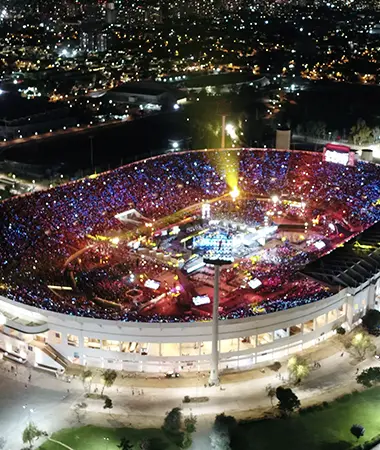Arthur C. Clarke, author of science fiction classic “2001: A Space Odyssey”, once said: “Any sufficiently advanced technology is indistinguishable from magic.” With AI-powered “brains” that enable them to “talk” to each other – and to remote control centers – smart street lighting systems might just fit the bill. Andi if they integrate LED street lighting solutions, the ‘magic’ effect is even stronger.
But exactly what are smart street lights, also called smart public lights? For starters, smart public lights are aware of their surroundings and adjust the light based on data they collect from sensors. By being able to “understand” real-time data, intelligent street lighting can, for example, turn itself on and off based on ambient light conditions. Just like “magic”.
There are many advantages to using smart public light systems, including:











